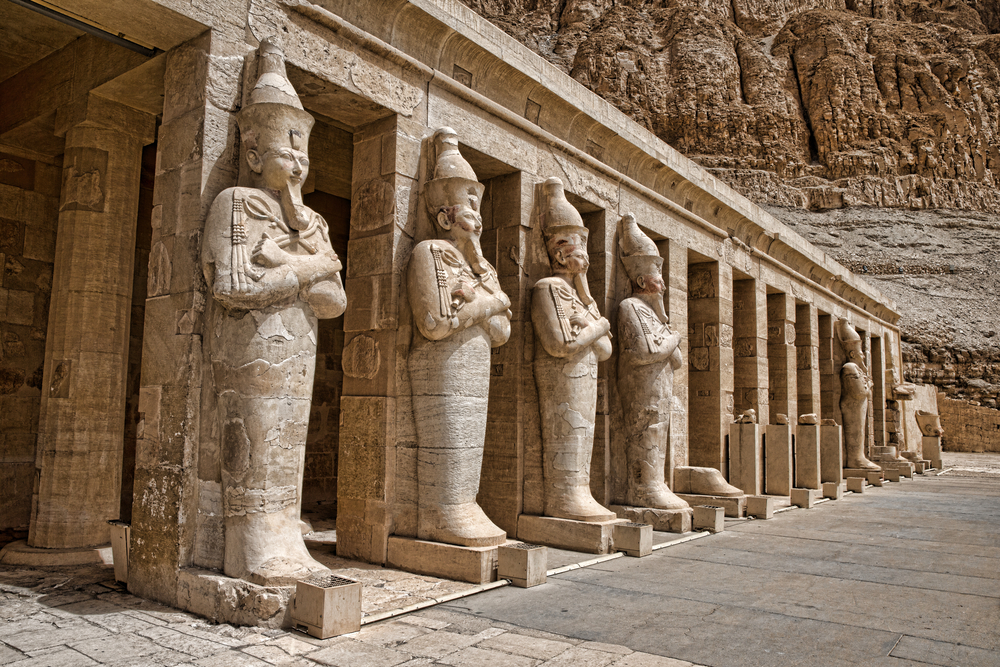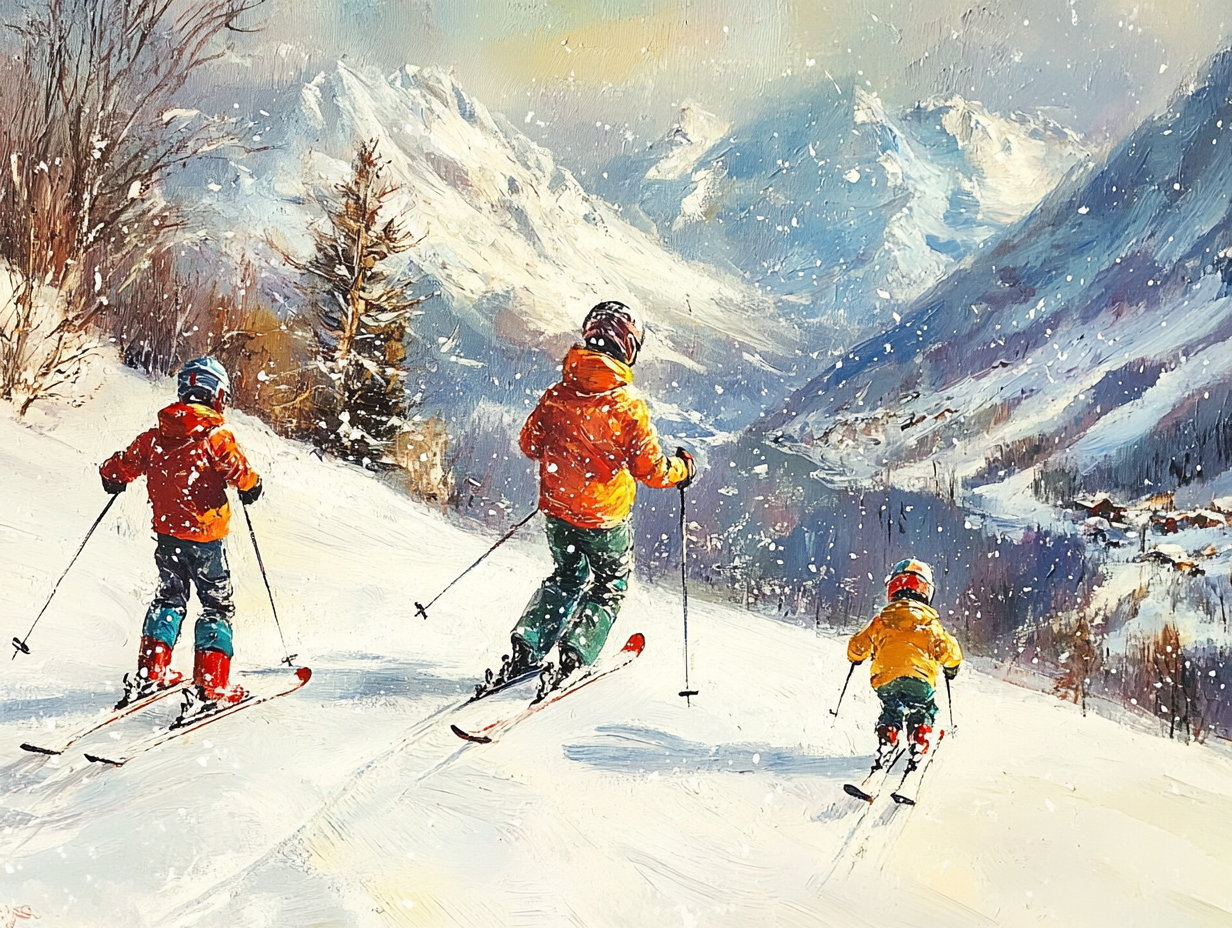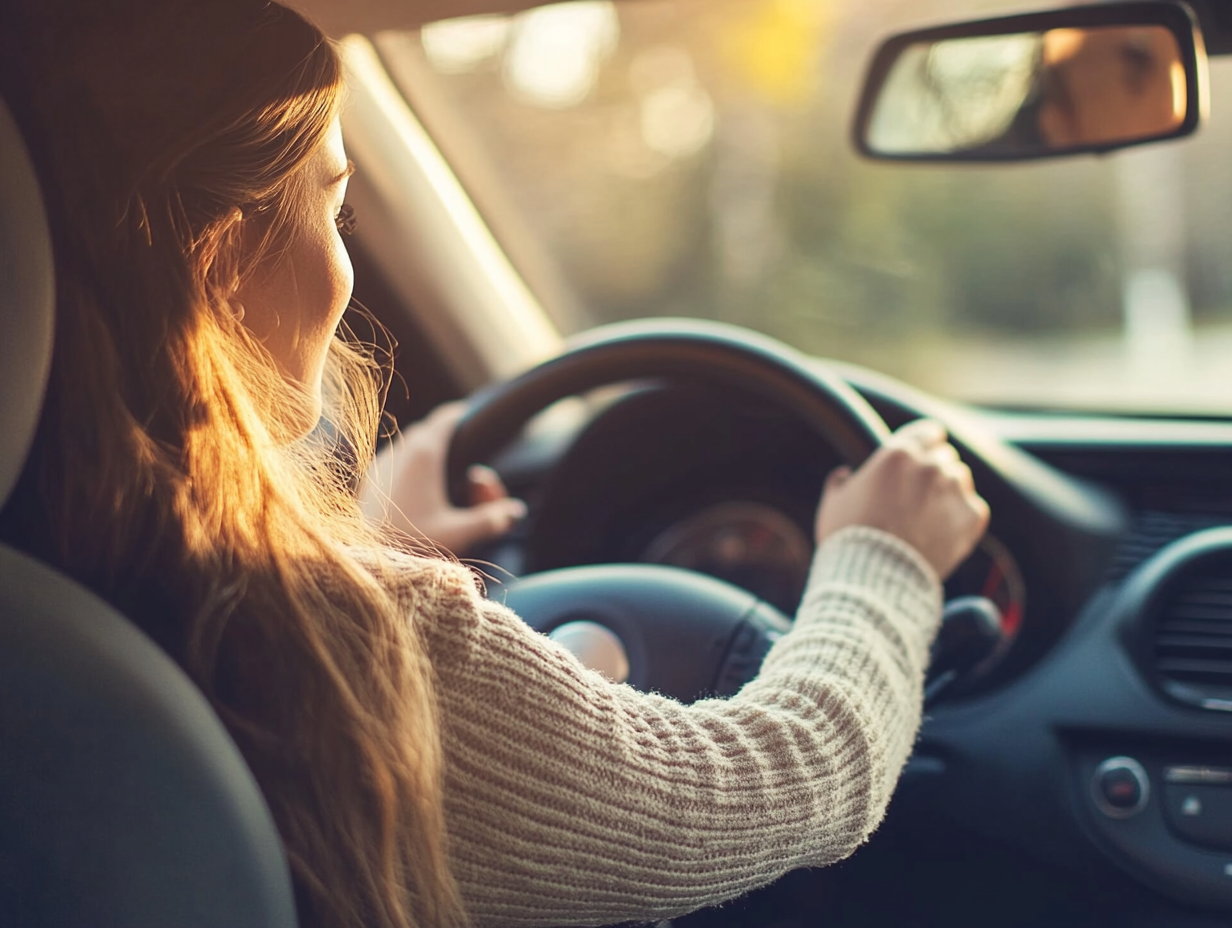Planning a visit to the Valley of the King? Here are the tips to help you enjoy your time there.
Some travelers have always wondered if Cairo is better than Luxor, and the answer to this question depends on one’s interests. But Luxor’s history and charm make it really stand out. Being home to the Valley of the King, this city is definitely worth exploring. The archeological site is known to be one of the most striking destinations in Luxor. It is known for being home to some of the most iconic tombs of Ancient Egypt’s kings. History lovers will definitely enjoy spending time in one of the most significant archeological sites in the country. But even travelers who are not into history will have an unforgettable trip to the UNESCO World Heritage Site. But touring this part of Luxor can be challenging, especially for first-time visitors. Here are the tips for visiting the Valley of the King in Luxor, Egypt.
10. It Is Best To Explore The Valley Of The Kings Between October And April
Summer is the hottest season, and in Egypt, being in the Northern Hemisphere, the heat can be unbearable. This is why it is advisable to visit the tombs from October to April. At this time of the year, the temperatures are cooler but warm enough for vacationers to enjoy spending time at the tombs. And please note that this is when many visitors flock to Egypt, and since the Valley of the Kings is one of the major tourist attractions, it can get crowded, especially the Ramses VI and Tutankhamun, which are the most visited tombs.
9. Tour The Valley Of the King As Early In The Day As Possible
If visiting the Valley of the King, it is advisable to get there as early as possible. Being thereby at least 8:00 am will be the best thing to do. During this time, vacationers will probably have the beautiful tombs to themselves, allowing them to take in the gorgeous scenery and take some epic pictures. The site starts getting crowded at around 10:00 am, so by noon, travelers will find it hard to enjoy exploring the stunning sites because the narrow passages can get congested.
8. Vacationers Can Only Take Pictures Using Their Phones, But Need A Permit To Capture The ‘Special Tombs’
Tourists are allowed to take photos with their cell phones but without flash. However, not all phones will snap the best photos because it is very dark inside the tombs. For clear photos, it comes with iPhone 11 Pro. Vacationers should also note that they are not allowed to take photos of the ‘special tombs,’ including Nefertari, Seti, and Tutankhamun unless they have a permit. The tour guides in these tombs check to ensure everyone taking pictures has permission to do so.
7. Paying Some Extra Cash To Get Inside Tutankhamun Is Worth It
Tutankhamun’s treasures were taken to the Egyptian Museum, but it is still a place worth spending time at, and not just because it has the body of the pharaoh, it is also incredibly stunning. Ever since it was discovered by archaeologist Howard Carter, the tomb has been open to the public and has become a must-see attraction that guarantees memorable experiences to vacationers willing to pay the extra fees. Travelers will find a handful of original objects, including Tutankhamun’s mummy, wall paintings of the burial chamber, and the king’s outer coffin, which is made of gilded wood.
6. The Tomb Of Ramses VI Is A Must-See During A Visit To The Valley Of The King
The Tomb of Ramses boasts some of the broadest corridors and a variety of decorations. It is one of the most fascinating discoveries made in ancient Egypt. The tomb’s key feature is the astronomical ceiling with an image of Goddess Nut, which travelers can see before they get to the burial chamber. At the burial chamber, one will enjoy marveling at the stunning ceiling and wall paintings. While many visitors focus their trips on the three tombs that require them to pay additional fees, this is the best tomb they can explore in the Valley of the Kings.
5. While Independent Travelers Can Get To The Valley Of The Kings By Their own Means, An Organized River Nile Tour Is The Best Way To Visit
The Valley of the King is located about 18 miles northwest of Luxor and can be reached by bus, taxi, or bike. While independent tourists can choose any of the available means, booking a tour is the best and most popular option for exploring the archaeological site. One can choose a guided tour or a private tour to have the most memorable trip in the Valley of the Kings. Each tomb has information, but tour guides offer detailed stories of Ancient Egypt’s Pharaohs and their tombs as well.
4. Other Than His Mummy And The Impressive Mural, Don’t Expect To See Much At King Tut’s Tomb
Unfortunately, almost all treasures of King Tut are now in the Egyptian Museum in Cairo; there isn’t much to see. The main things to see here include the body of King Tut, which is pretty impressive, and the beautiful mural. Other than that, there really isn’t much to see here. Another thing about this tomb is that vacationers aren’t allowed to take pictures. And anyone who wants to visit it must buy an extra ticket, separate from the one used to explore other tombs.
3. Visiting The Temple Of Hatshepsut Is A Must On The Way To The Valley Of The Kings From Luxor
Located on the way to the Valley of the Kings from Luxor, the Temple of Hatshepsut is one of the must-stops; thanks for being so stunning. Also referred to as Djeser-Djeseru (Holy of Holies), it was built by Pharaoh Hatshepsut, one of the best pharaohs in Ancient Egypt, and dedicated it to the god Amun and herself. There is a series of terraces, which vacationers can get to by long ramps. Spare about two and a half hours to have the best experience of this temple before proceeding to explore tombs at the Valley of the Kings. It is one of the unique experiences one can only have in Egypt, making it well worth visiting.
2. Know Exactly How Much You’ll Need To Explore The Valley Of The Kings
If planning to visit the Valley of the King, vacationers should know how much exploring the tombs might cost them. The cost of the general ticket is 260 EGP, which is about $8 and gives access to three of the available tombs, except Tutankhamun, Seti I, and Tomb KV 9, which require one to purchase extra tickets to explore.
- The cost of a general ticket for exploring three tombs : $8
- The cost of entering Tutankhamun : about $10
- The cost of entering Seti I: $32
- The cost of entering Ramses V and Ramses VI (Tomb KV 9): About $3
1. Purchase A Luxor Pass To Have Access To The Archeological Sites On The West Bank And East Bank Of Luxor
Vacationers can save a lot of money by buying the Luxor Pass, which gives them access to all the archeological sites in Luxor’s West Bank and East Bank. There are two options to choose from; the Standard Luxor Pass and the Premium Luxor Pass. The standard pass allows tourists to enjoy all archeological sites on the West and East Bank, except two tombs; Nefertari and Seti I.
- The cost of the Standard Luxor Pass : $100 (adults) and $50 (under 30 years people with valid student IDs)
The Premium Luxor Pass gives access to all the archaeological sites on the West and East Bank, plus the tombs of Nefertari and Seti I.
- The cost of the Premium Luxor Pass : $200 for adults, $10 for under 30 students with valid Student IDs



